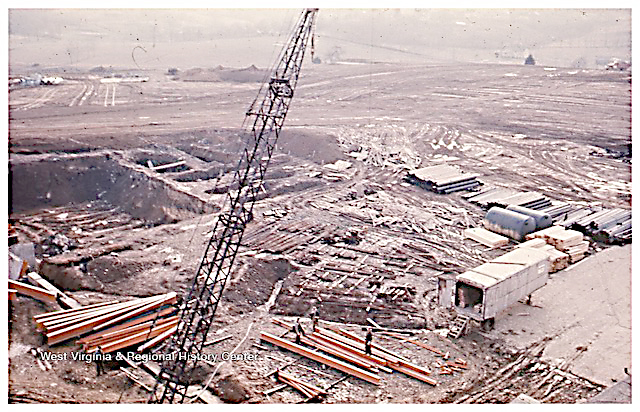In 1951, a bottle of RC Cola was a nickel. That year, West Virginia governor Okey L. Patterson proposed a one-cent tax on bottles of soda in order to build medical and dental schools at West Virginia University. West Virginians called sodas “pop” so the tax quickly became known as the pop tax. Patterson said, “I am confident that this tax would not be considered as a burden but as a privilege tax by our citizens who fully realize the alarming shortage of doctors and nurses.” There was fierce opposition to the tax stirred up mainly by Coca-Cola. Many West Virginia towns had small bottling businesses (Coca-Cola in Ronceverte and RC Cola in McRross, for example) that were split over the tax. Some thought it would be a quick way to raise the price to ten cents and others feared it would diminish sales.
The West Virginia Legislature passed the tax, and on March 15, 1951, Governor Patterson signed the tax increase into law. This legislation was passed well before the adverse health impacts of sodas were commonly known. The initial projection for the medical complex was $12 million, and the tax was anticipated to raise $3.5 million annually. This week’s 1954 photo shows the excavated site for the medical schools and hospital as the first steel was being delivered. The University Hospital opened in August 1960 when WVU president Elvis J. Stahr, Jr. announced it would accept the first 66 patients. The first MD degrees were awarded in 1962.
In 2021, the pop tax continued to generate $14-15 million a year for WVU medical facilities. Last week, the West Virginia legislature repealed the tax.
Photo: Courtesy of West Virginia University Regional History Center.
Sources: The Charleston Daily Mail, Pittsburgh Post-Gazette, The Raleigh Register, Hinton Daily News, WVU School of Medicine.


